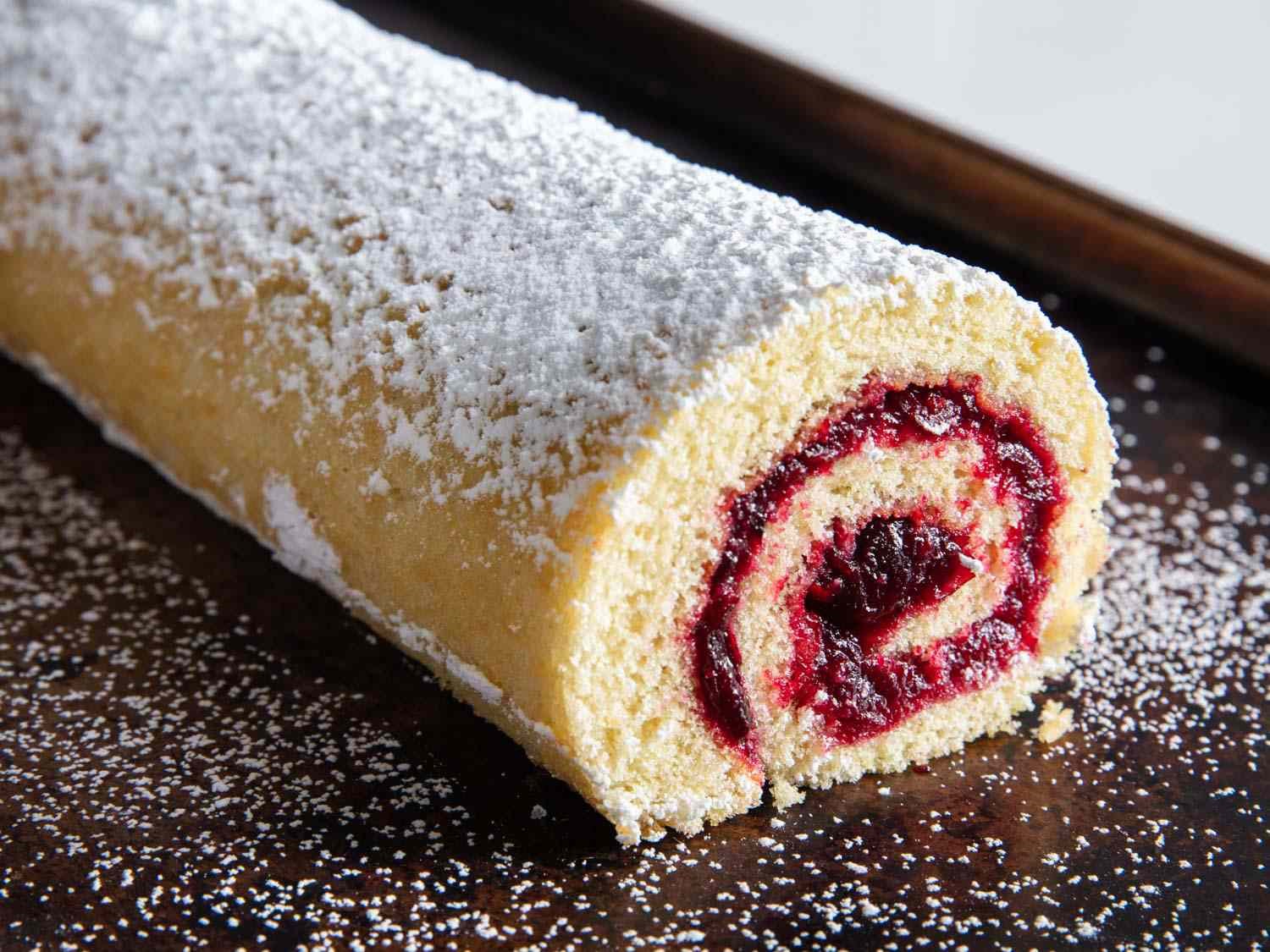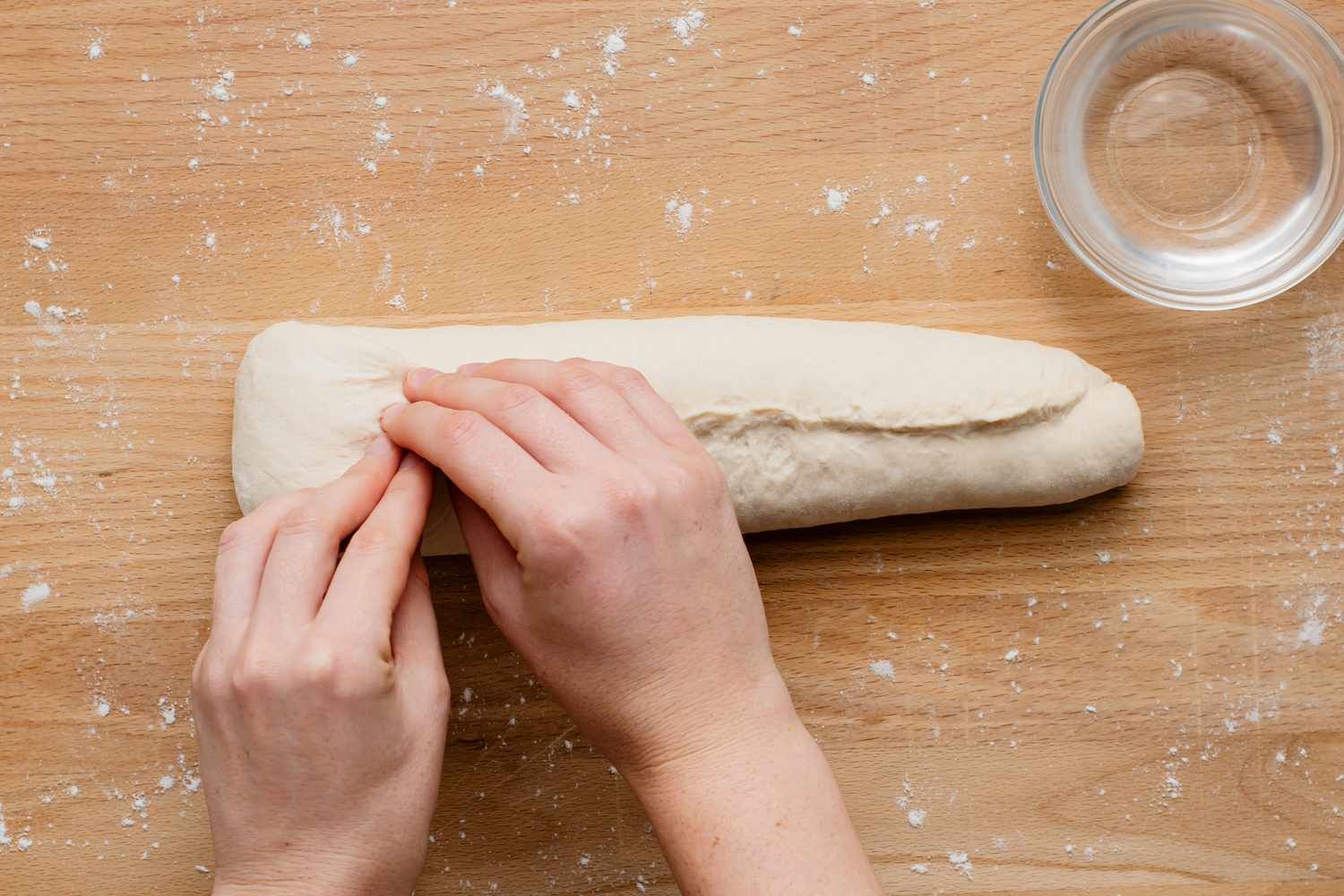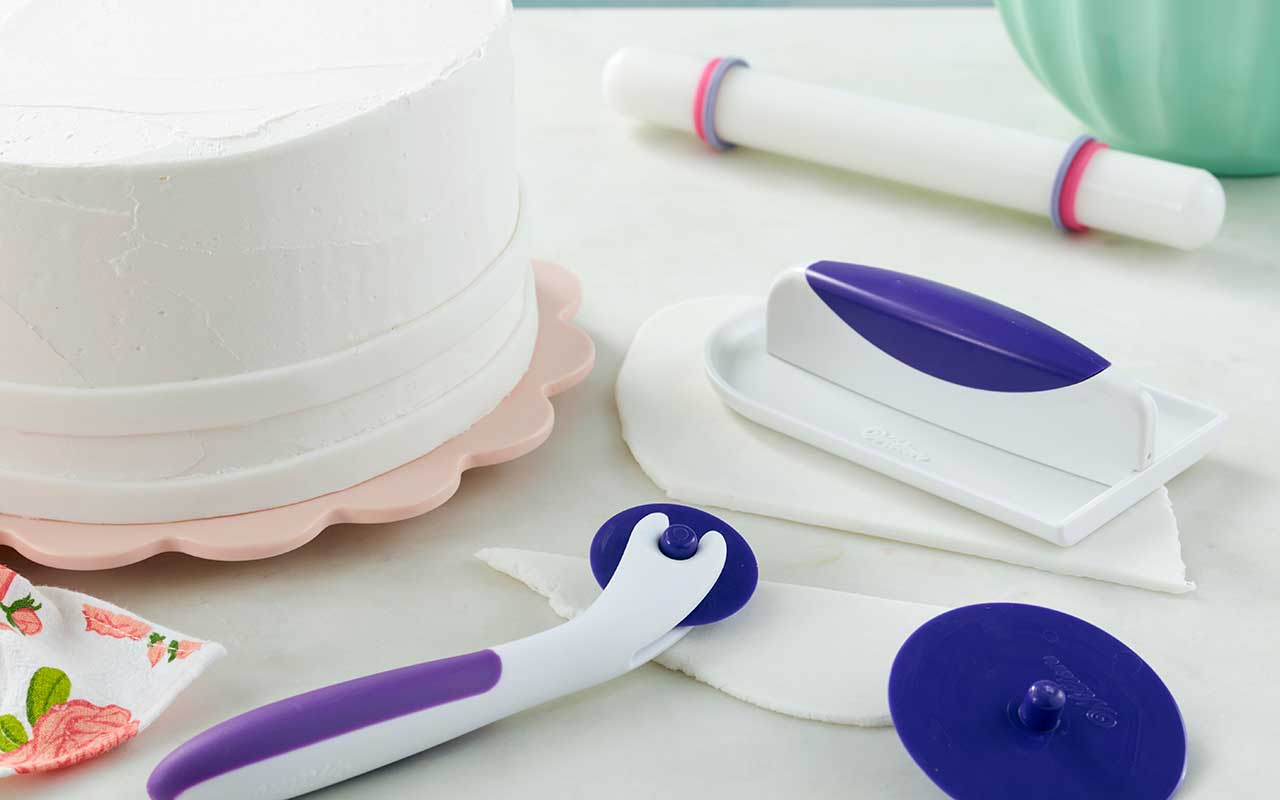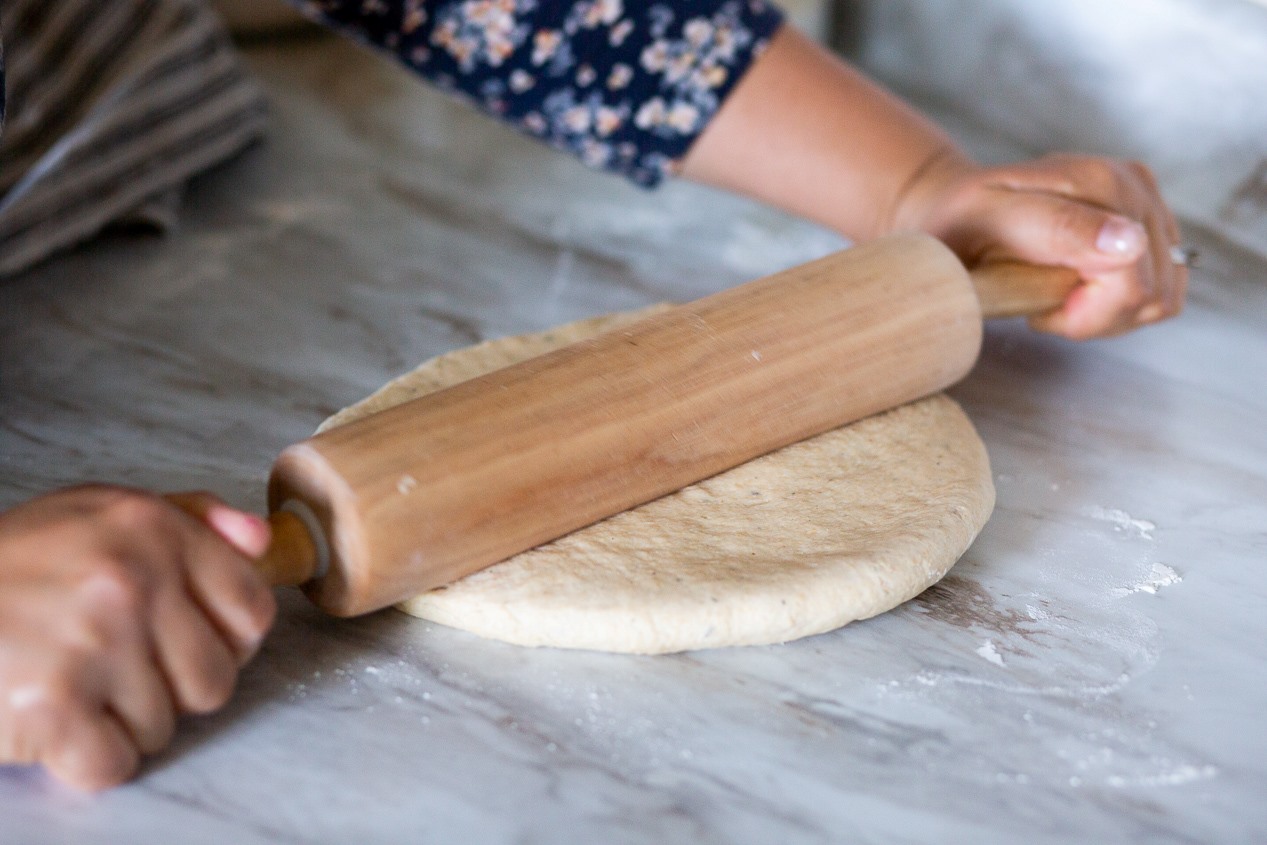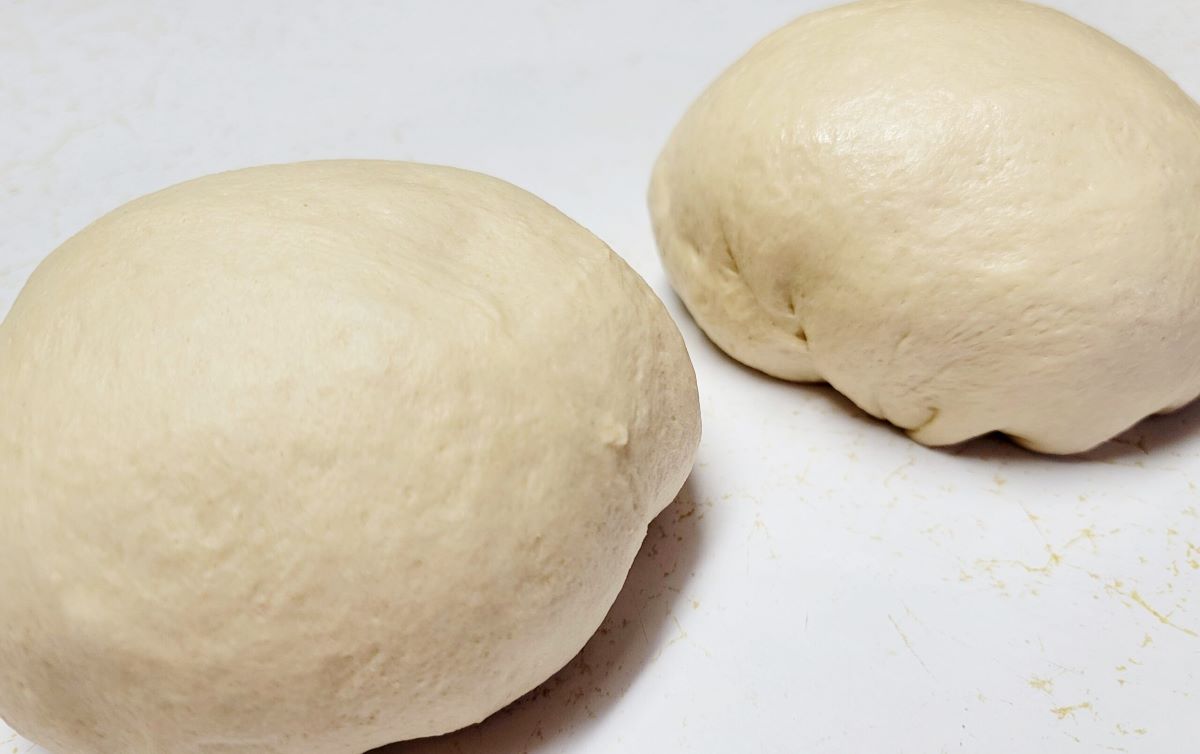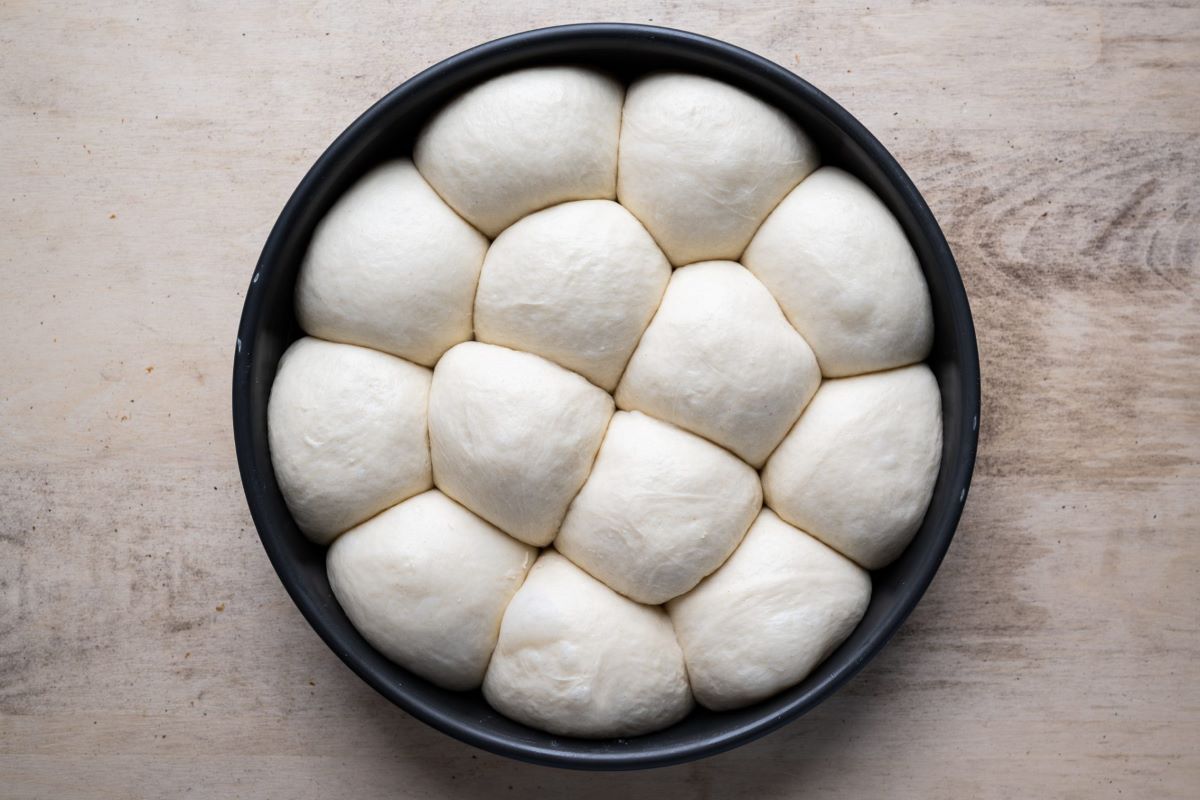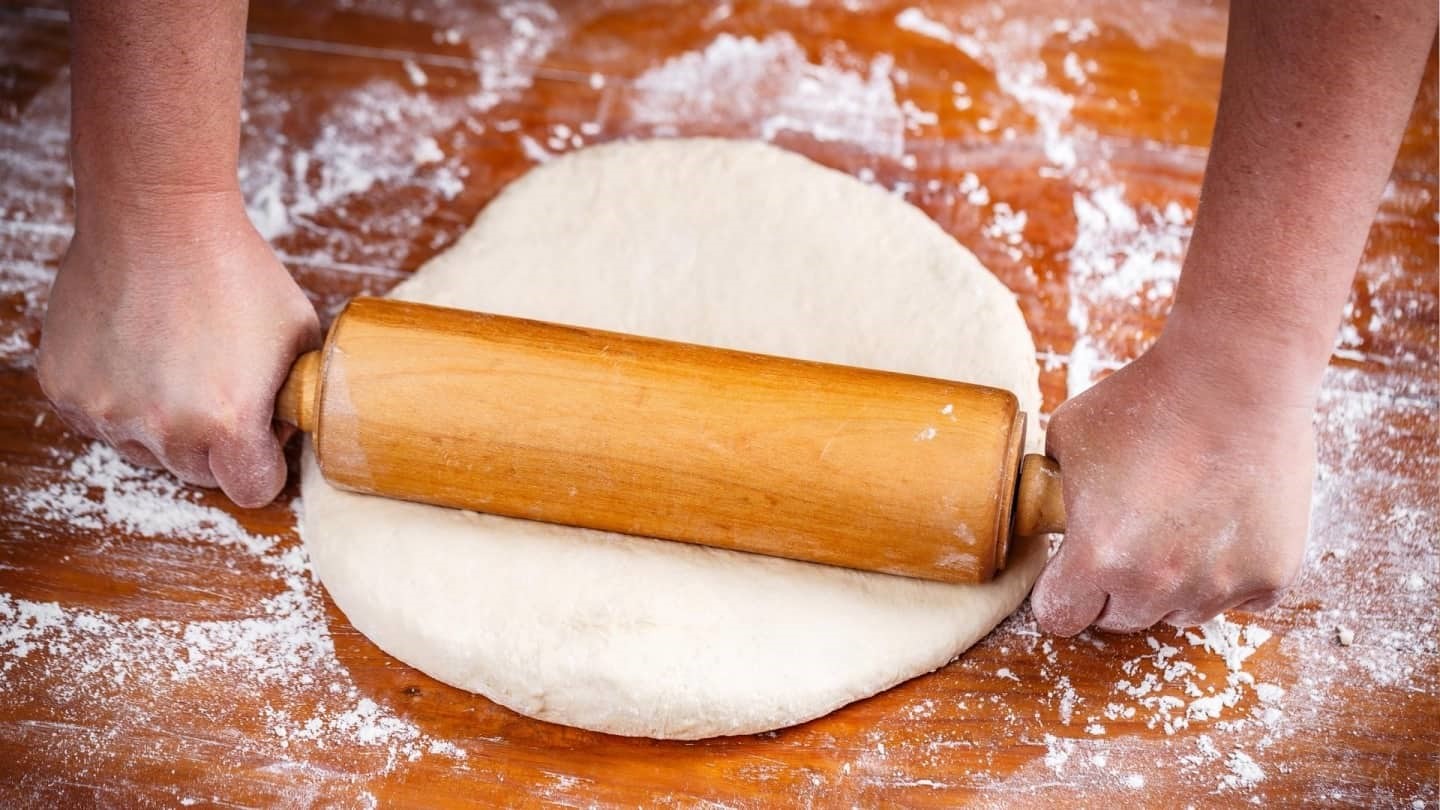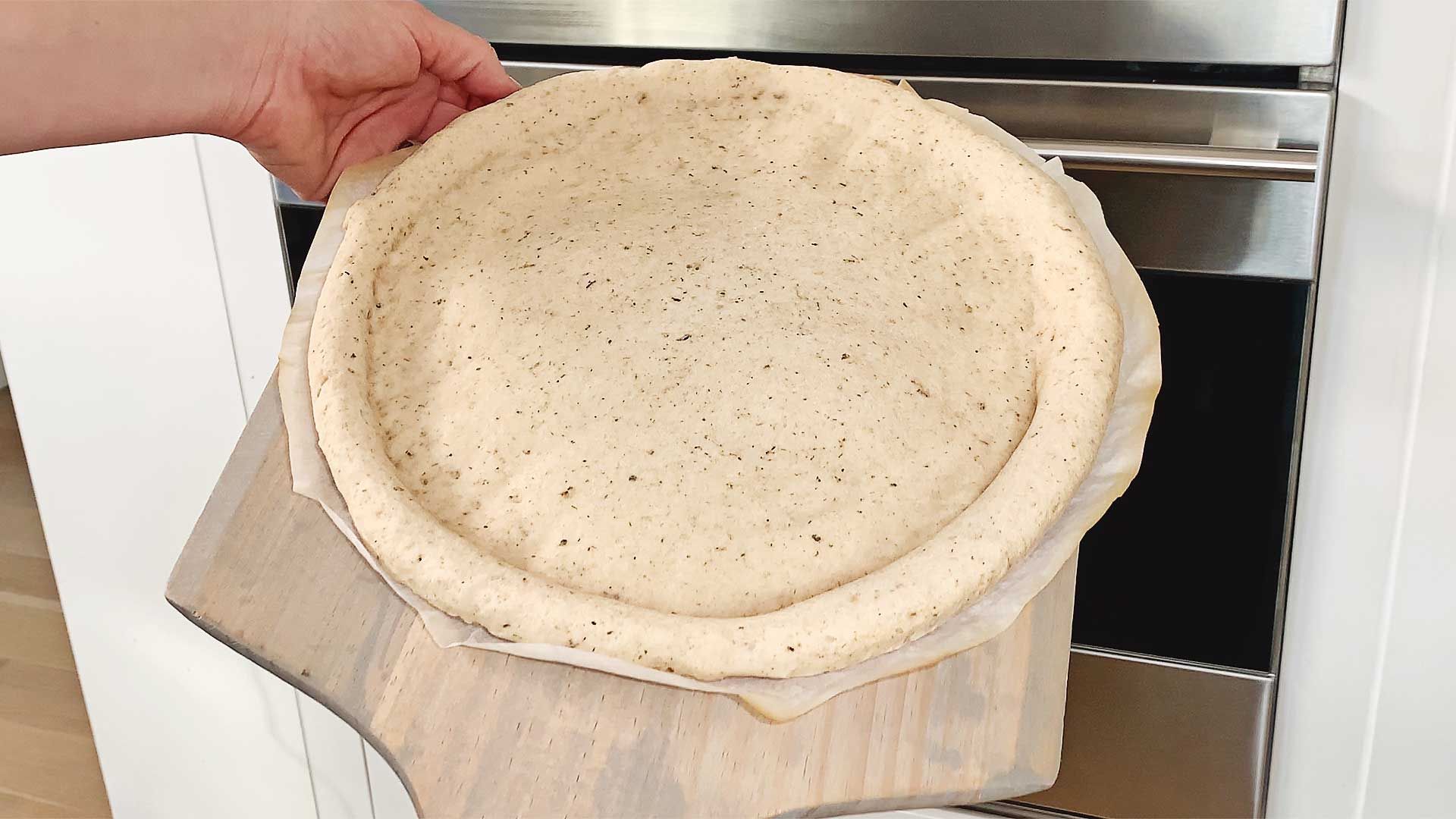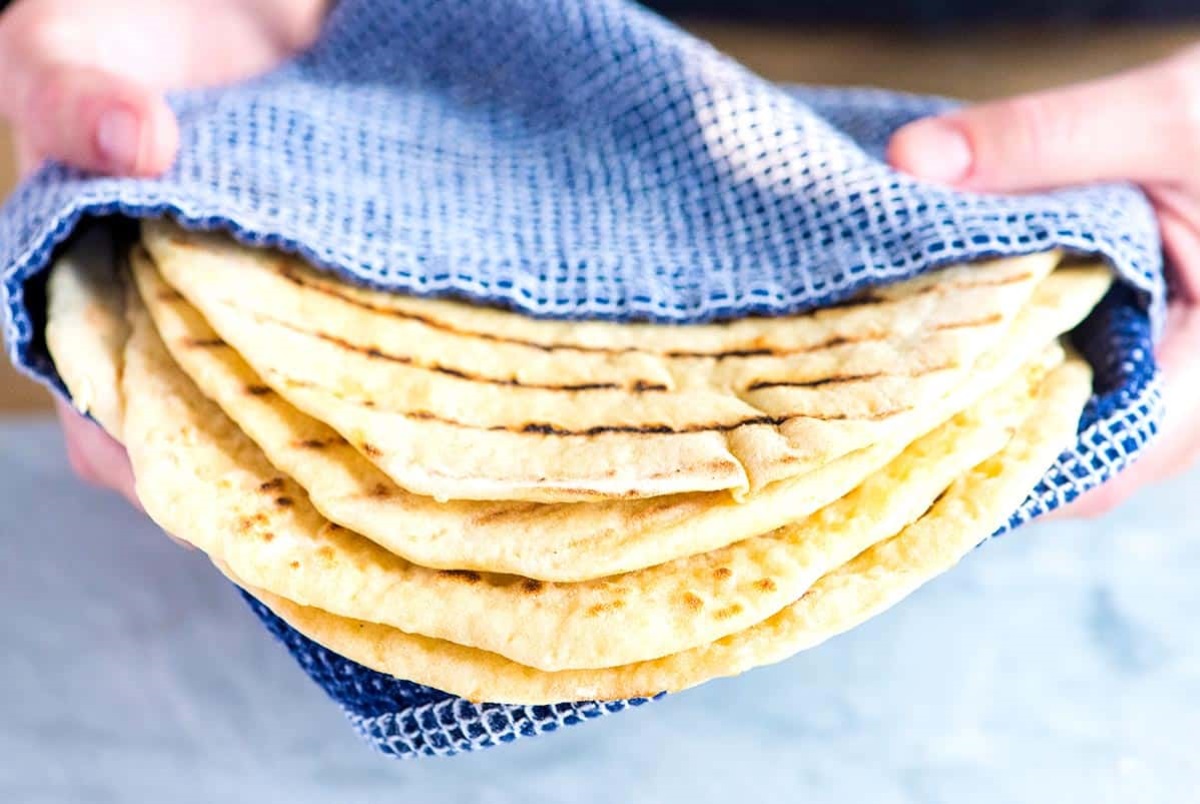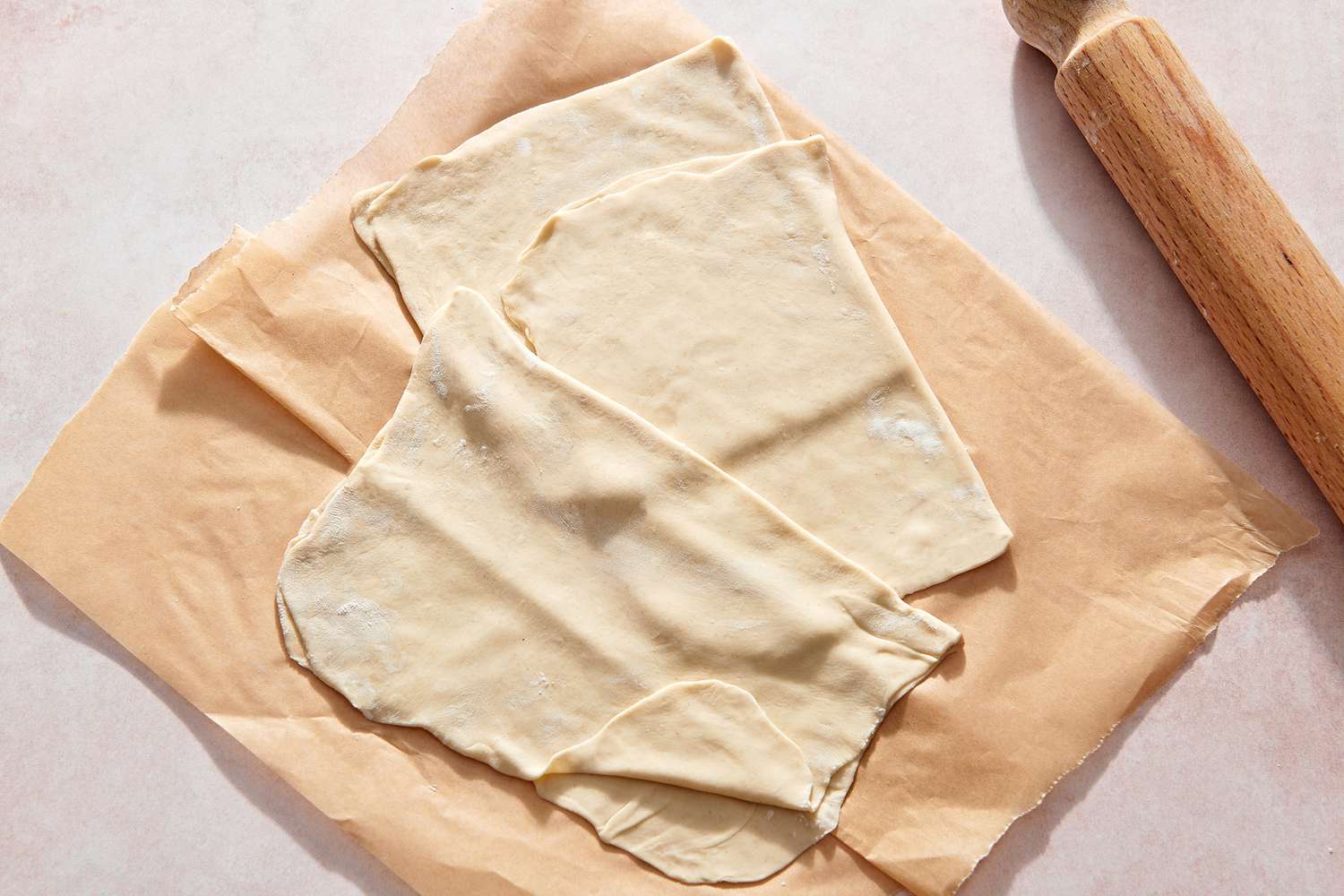Rolling Out Dough on Granite: A Guide for Perfectly Flaky Pastries
Rolling out dough on granite countertops can be a game-changer for your baking endeavors. The cool, smooth surface of granite provides the ideal canvas for creating perfectly rolled-out dough for your favorite pastries and baked goods. Whether you’re making flaky pie crusts, tender biscuits, or delicate cookies, mastering the art of rolling out dough on granite can elevate your baking game to new heights.
Why Granite Countertops Are Ideal for Rolling Dough
Granite countertops offer several advantages when it comes to rolling out dough:
- Smooth Surface: The smooth, non-porous surface of granite allows the dough to be rolled out evenly without sticking, resulting in a uniform thickness.
- Cool Temperature: Granite naturally stays cool, which helps prevent the dough from becoming too warm and sticky during the rolling process.
- Stability: The weight and stability of granite countertops provide a steady surface for rolling out dough, allowing for better control and precision.
Steps for Rolling Out Dough on Granite
Follow these steps for successful dough rolling on your granite countertop:
- Prepare the Surface: Ensure that your granite countertop is clean and dry before starting. A light dusting of flour can help prevent sticking, but be mindful not to over-flour the surface, which can toughen the dough.
- Divide and Shape the Dough: Divide your dough into manageable portions and shape them into discs or rectangles for easier rolling.
- Begin Rolling: Place the dough on the granite surface and use a rolling pin to start rolling from the center outwards. Apply even pressure and rotate the dough as needed to maintain an even thickness.
- Adjust as Needed: If the dough starts to stick, gently lift and dust the surface with a small amount of flour. Use a bench scraper to release any stubborn spots and continue rolling.
- Check Thickness: Periodically check the thickness of the dough with a ruler or your fingers to ensure uniformity.
- Transfer as Needed: Once the dough is rolled to the desired thickness, carefully lift and transfer it to your baking pan or dish, following the recipe instructions.
Tips for Success
Here are some additional tips to keep in mind when rolling out dough on granite:
- Chill the Granite: If your kitchen is warm, consider placing a cold pack or chilling the granite surface before rolling out the dough to maintain a cool temperature.
- Use Light Pressure: Avoid pressing too hard when rolling out the dough, as this can compress the gluten and result in a tough texture.
- Rotate the Dough: Regularly rotate the dough as you roll to ensure even thickness and prevent sticking.
- Practice Patience: Take your time and be patient when rolling out dough. Rushing can lead to uneven thickness and frustration.
Conclusion
Rolling out dough on a granite countertop is a simple yet effective technique that can make a noticeable difference in the quality of your baked goods. With the right approach and a bit of practice, you’ll soon be creating perfectly rolled-out dough for all your favorite recipes. Embrace the advantages of granite and enjoy the satisfaction of achieving flaky, tender, and delicious results in your baking endeavors.
